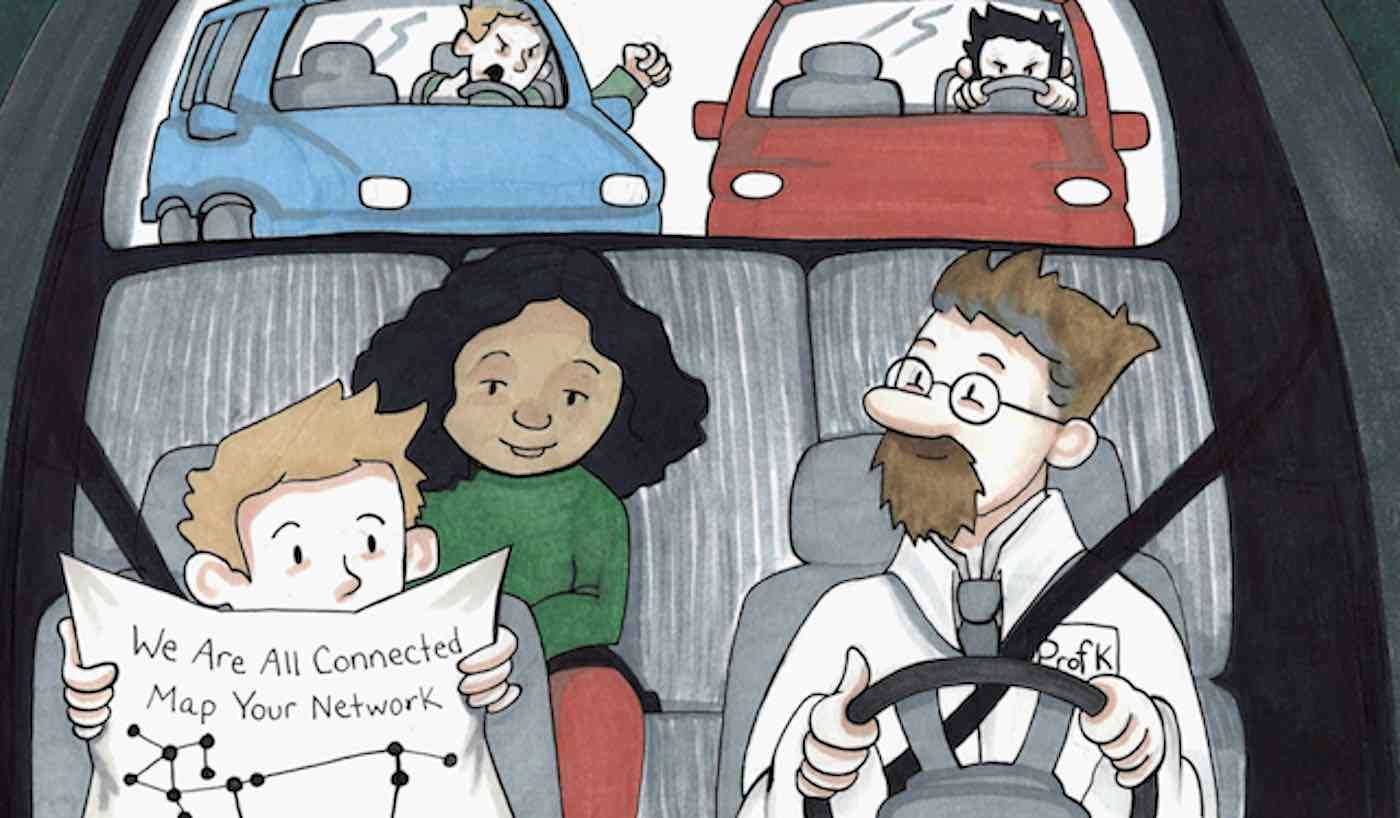Four Steps to Making 2019 an Extraordinary Year
If you're unsure about how you want to approach the New Year, here are four steps to map out how you can make 2019 an amazing new experience.

This installment of the Science of Kindness is reprinted with permission from Envision Kindness.
One of my professors in medical school told us on many occasions that "repetition is the key to success." What he meant is that by studying core concepts with focus and repetition, we would be successful in helping patients.
In the present case, the teaching to keep repeating is that we are all connected to one another in many different ways. Once we recognize that we are all part of a larger whole, then kindness, compassion, and collaboration flow readily. Kindness, in turn, strengthens the quality of the network for everyone.
Driving a car provides many illustrative examples that almost everyone has experienced in one way or another. Imagine a traffic jam where three lanes are merging into one due to an accident. The mixture of trucks and cars provides a challenge as to how to get past this merger as quickly as possible; traffic is backed up for a mile. At that moment in time, all of the drivers (and passengers) are connected to one another.
Some who do not recognize the connection may abruptly squeeze in and jump lanes. As they do, the slow but smooth flow of intermixing of cars is interrupted, forcing others to suddenly stop. A chain reaction occurs that ripples down the line of traffic requiring many people to stop, delaying progress for everyone, potentially causing accidents, and likely evoking a lot of negative emotions.
Transportation scientists who have modeled this process estimate that traffic time could improve by 25% if people took turns merging and, more notably, "behaved better." That would translate to 15 minutes saved during and hour-long delay.
In other words, connecting through courtesy (kindness) gets you there faster.
Let's say that the accident was caused by a driver who was angry about something that happened at work; he cut off a slower, elderly couple. They lost control of their car which barrel-rolled into a ditch on the side of the road. Thankfully, the car's airbags and other safety features saved their lives.
What/who induced the road rage? Since those who display road rage tend to have more anger in general, we can envision a scenario in which something happened at work—perhaps the driver received criticism from his boss or he was denied a promotion, etc. Perhaps that driver had more difficulty managing that anger because he was upset—his son was bullied and refused to go to school that morning. The bully, in turn, was reacting to the divorce of his parents… you get the point.
On the positive side, the people who designed and assembled the car did a very good job, resulting in minimal injuries. Their connection to this event was the care that they put into their product. Other people immediately got out of their cars to help them. Some of them may have had a relative saved from a car wreck.
Be the first to comment